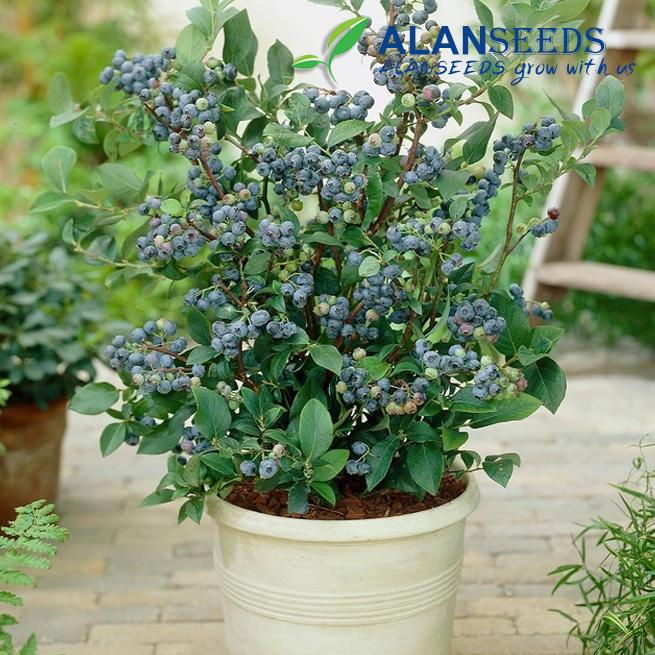Blueberries are not just delicious; they are also packed with antioxidants and essential nutrients. Growing your own organic blueberries ensures you get the freshest, healthiest berries possible. Whether you have a garden, a balcony, or just a sunny windowsill, here’s a simple guide to growing blueberries in various setups.

Blueberry Organic Seeds – Heirloom, Open Pollinated, Non GMO – Grow Indoors, Outdoors, In Pots, Grow Beds, Soil, Hydroponics & Aquaponics

Blueberry Organic Seeds – Heirloom, Open Pollinated, Non GMO – Grow Indoors, Outdoors, In Pots, Grow Beds, Soil, Hydroponics & Aquaponics
1. Choose the Right Variety:
- Opt for heirloom, open-pollinated, and non-GMO blueberry seeds for the best results.
- Consider the climate in your area and choose a variety that thrives in your region.
2. Select a Suitable Location:
- Blueberries love sunlight, so pick a spot with full sun exposure for at least six hours a day.
- Ensure good drainage to prevent waterlogging, as blueberries don’t like wet feet.
3. Prepare the Soil:
- Blueberries prefer acidic soil with a pH between 4.5 and 5.5.
- Amend the soil with organic matter like compost or pine needles to improve acidity and fertility.
4. Planting Blueberries:
- If planting in pots, choose containers with good drainage holes.
- Plant the blueberry seeds or seedlings at the same depth as they were in the nursery container.
- Space plants about 2-3 feet apart to allow for adequate growth.
5. Watering and Maintenance:
- Keep the soil consistently moist but not waterlogged, especially during the fruiting season.
- Mulch around the base of the plants to retain moisture and suppress weeds.
- Prune blueberries annually to remove dead or diseased wood and promote new growth.
6. Fertilizing:
- Use organic fertilizers suitable for acid-loving plants, such as those specifically formulated for blueberries.
- Apply fertilizers sparingly to avoid overfeeding, especially in the first year of growth.
7. Pest and Disease Control:
- Monitor plants regularly for signs of pests like aphids, spider mites, or fruit flies.
- Use organic pest control methods like neem oil or insecticidal soap if necessary.
- Prevent diseases like powdery mildew or root rot by maintaining good air circulation and avoiding overwatering.
8. Harvesting Blueberries:
- Blueberries are typically ready for harvest in mid to late summer, depending on the variety.
- Pick berries when they are fully ripe and easily detach from the stem with a gentle tug.
- Enjoy fresh blueberries immediately or store them in the refrigerator for up to two weeks.
9. Growing Blueberries Hydroponically or Aquaponically:
- Blueberries can also be grown hydroponically or aquaponically for those without access to outdoor space.
- Follow the same principles of providing acidic nutrient solutions and ample sunlight or artificial grow lights.
With these simple steps, you can grow your own supply of delicious, organic blueberries, whether you have a spacious garden or just a small balcony. Happy growing and happy harvesting!




